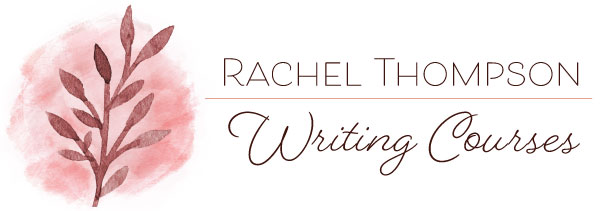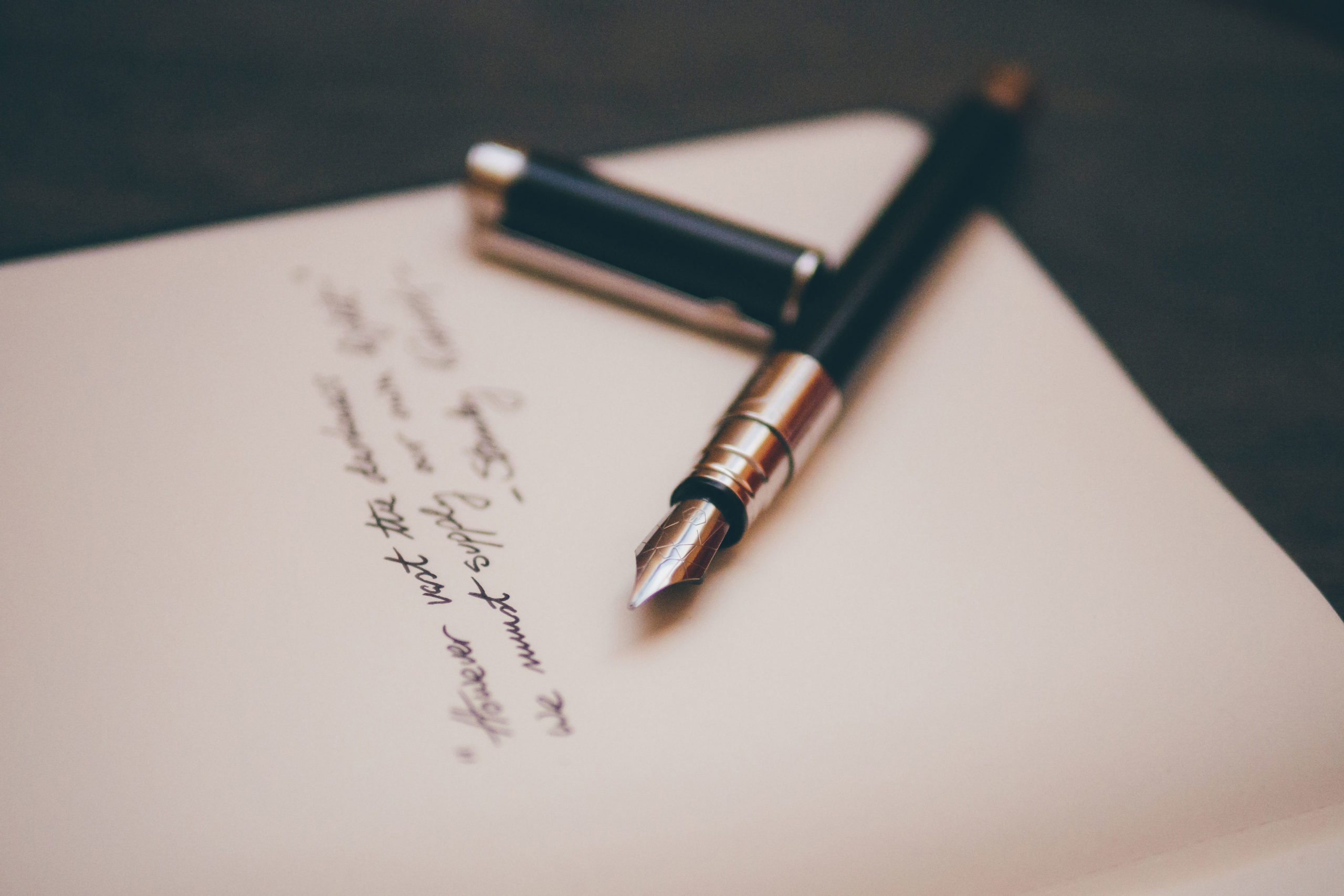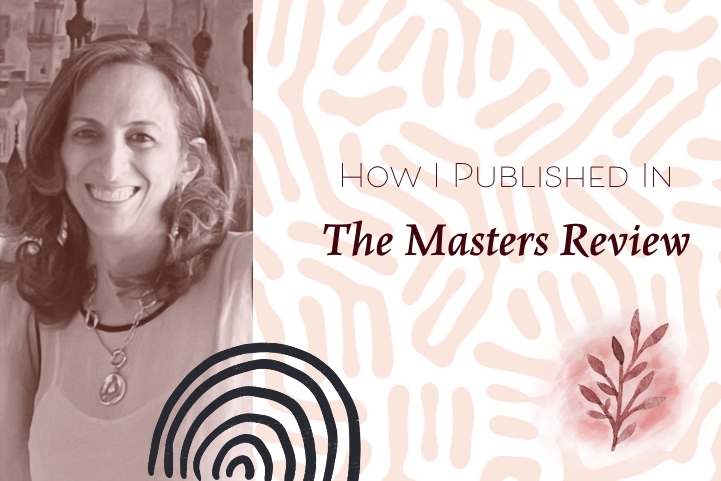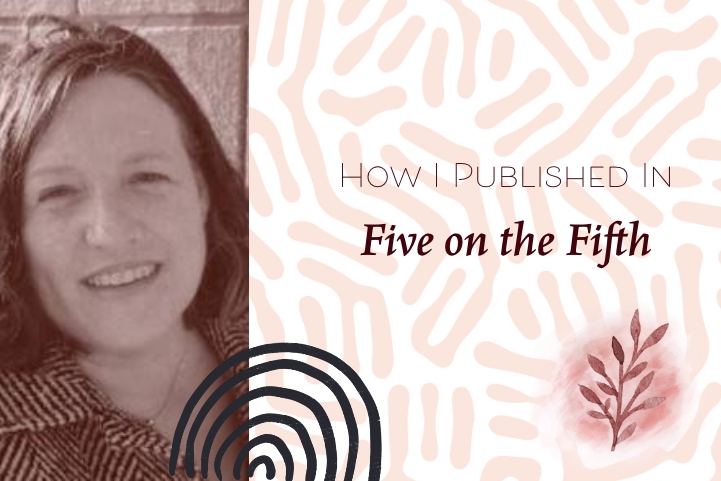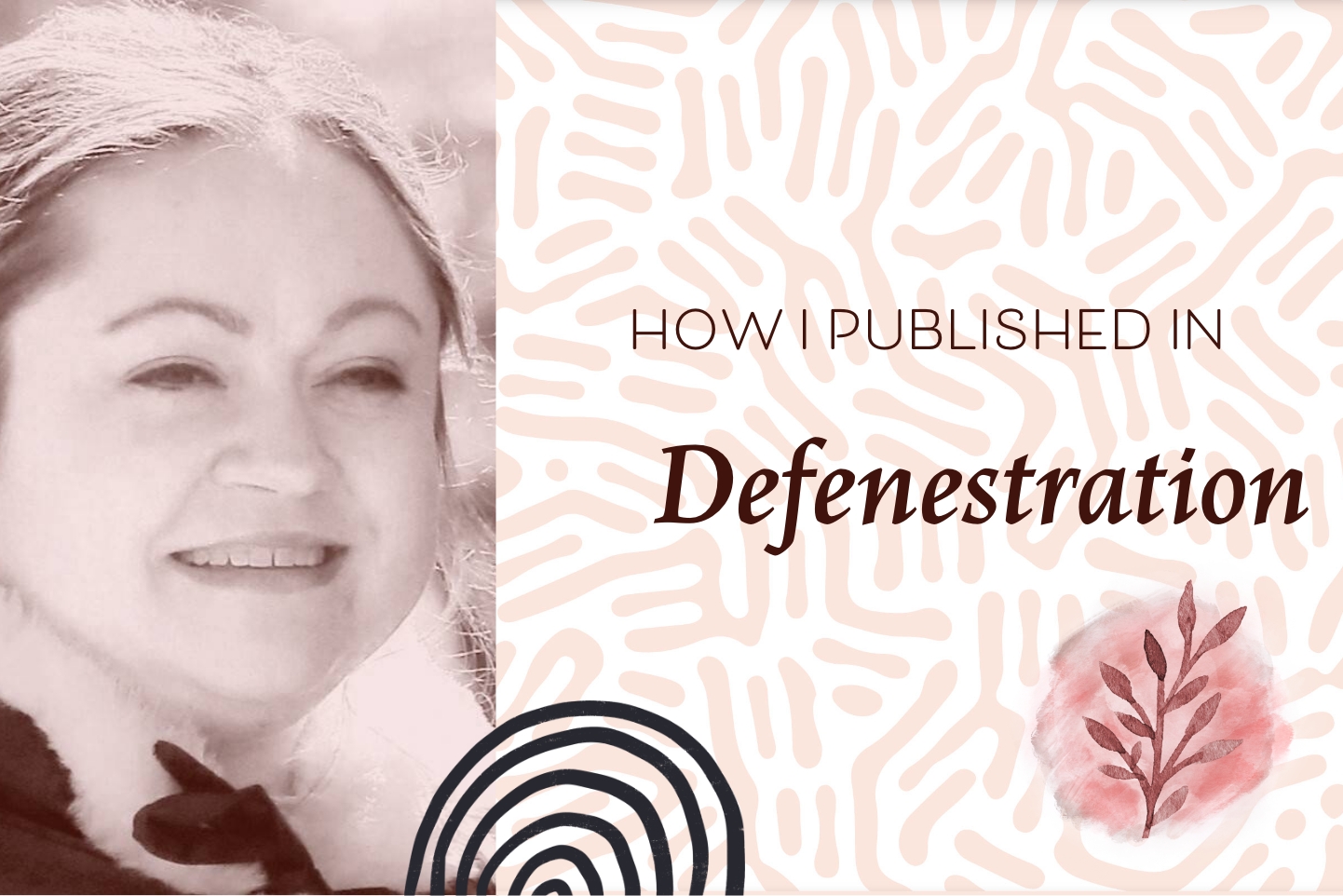If you’re getting many rejections from lit mags, it’s likely you’re missing at least one item on this list of five things editors look for in your writing.
I’m a lit mag editor and the host of the podcast Lit Mag Love For Creative Writers Who Want to Publish. The advice in this article comes from dozens of interviews I’ve had with editors, where I ask questions like: What is the most common mistake you see in writing submitted to your journal? What are the submissions you wish would come to you? What do you never, ever want to see in your submissions?
Putting aside cases like the beleaguered editor who was getting exposed to way too many lousy sex scenes, I chose the five things that nearly every editor agrees upon.
I wrote this as an acrostic (W-R-I-T-E) to give you a mnemonic you can use the next time you’re finishing up a submission package for journals. I encourage you to take what is useful for you and your writing practice and use it to keep writing and learning to write better. But, I also encourage you to disregard whatever isn’t useful to you. This list is not here to overwhelm or confuse you. You know your writing best and I trust you’ll find what works for you to write and publish luminously.
Wit
Yes, you will always come across as arrogant if you describe your own words as witty, but remember that the lowest-barrier requirement of creative writing is to make us think. The work you submit requires your most inventive ideas.
You must dazzle us with your intelligence. Your writing must allow us to see situations, words, and people differently. To wit, that’s wit.
Wit in your writing needs to come out in both your ideas and the language you use. At the idea level, you need to ask yourself if you’re saying something fresh and different. Have you put a new spin on ideas already in writing? To answer this, you must read and reflect on what’s already out there on your subject or theme. If you love what you’re writing about that should be easy. If you don’t, ask yourself why you’re writing on a subject you don’t adore!
A lot of writers will resist reading the lit mags they want to publish with, but you won’t do this. You’ll let this be your competitive advantage. By reading lit mags to understand what else has been said, you’ll know what opportunities remain open for your own work. What hasn’t been said yet?
At the language level, you need to ask yourself if every word counts. (Poets, that’s every syllable, line break, and whitespace, for you.) Have you selected the most precise words to convey your meaning at every point? Do your word choices show an enchantment with language?
Editors love when you use wordplay that fits your work. Of course, this is tricky. It’s worth pushing things at the language level, then pulling back, and going back and forth until you find the right balance.
I know you’re up for this task because you love words. It’s why you write. There is little more satisfying to us writers than finding that word to efficiently and brilliantly say what you mean.
As editors, we love this even more so, because we read many submissions that don’t have enough attention to language.
Do your language need to be on point during the first draft of your piece? Not at all. Write a rough draft that you quickly throw down, without expectations, then refine it many, many times until you’ve pushed your ideas as far as you can take them, made inventive connections, and found the choicest words.
“I want to see that the text has been written thoroughly, by which I mean it’s clear that the author is enchanted by language and that they are not putting themselves directly in the frame….maybe it takes thirty drafts to get to reveal it, but it’s a sort of sculpture underneath the rock,” [PANK] editor Maya Marshall, told me.
How to add more wit to your writing

- Read at least three recently lit-mag published pieces on a similar subject or theme to your work. What opportunities are there for a fresh idea or perspective only you can bring to your material?
- Put your words into a word cloud app and look for patterns. What words are predominant? What symbols or images repeat? Can you push anything further into new territory?
- Read aloud and pay attention to how the words sound in your mouth. Are you in love with the language in your writing?
Recognition
For your writing to connect with readers, they need to be able to recognize something in your characters, memories, and images. Ironically, this does not mean you need to write like everyone else or relate things to a specific, “generic” reader.
It requires your unique perspective. For your writing to be recognizable, you need to get very personal. You need to write what you, and likely only you, know.
Writing what you know—that’s easy, right? Not always so. It’s entirely possible you don’t know what you know. Not yet, anyway. So many writers begin by imitating other writers. Or they lack the conviction they need to take a position in their writing. More often, it’s both. But without taking that position, without a firm stance, you will not get readers to recognize themselves in your writing. Relating to hazy vapour is impossible. (Unless you are, in fact, a cloud.)
What do you know? Who are you? What do you stand for?
“I think that when a writer doesn’t have a good understanding of who they are and what their beliefs are…they’re going to necessarily lack the conviction in their writing. I feel like I can always tell when a writer is holding back because they’re scared of what they’re going to find out about themselves or they’re scared of what they’re going to find out about the world—things that they would rather not know,” editor Alicia Elliott told me.
How to create more recognition in your writing

To understand what you stand for, do a free write about the following questions:
- What’s motivating you to put words on the page?
- Why is it essential that you write in this time? In this place?
- What are the stories that only you can tell?
Then tell these stories! Use your motivation to guide what you write and every decision you make in your writing life.
Interiority
With a firm stance and knowledge of where you stand, your best writing will bring us inside experiences, and give us interiority on a life we didn’t live.
For example, if you’re writing about an uncomfortable dinner with ambiguity, we will experience the meal like someone peering in the window. Or, if you write about what this dinner represents, with hindsight, this also keeps us outside; the distance is just measured in time, not space.
But, if you write with interiority, we get to experience the dinner as if we’re at the table, smelling and tasting the food.
Questions I would expect a writer to answer about this uncomfortable dinner would include: What can we hear in the silence? Is the silverware clinking? How does the food taste and smell? Is it dry and bitter? Is it too hot? What does it feel like to chew and swallow in this tense situation? Do you eat slowly, on guard? Do you fill your mouth quickly so you can get out of there as soon as possible? What interactions occur between those present? Are they exchanging hard looks? Are they talking about something frivolous? Are legs kicked under the table? Are ringing phones ignored? What does this discomfort feel like in the protagonist’s body? Does she shift in her chair, run his hands along sharp corners on the table?
“The importance of interiority is that you see the vulnerability of being human and also there’s a space of ambiguity. It’s not an absolute space, whereas the external presentation is grounded in these absolutes. That ability to see the movement of feelings and ideas and the possibility of transformation that can happen in the inner life is educational to a reader to apply it to their own life. Writers can really give you that inner experience of something that you don’t understand,” editor Diana McClure told me.

How to bring readers inside
If there are places in your writing where readers may feel outside the room, empathize with your reader and channel them ask questions in their voice. What would they want to know? Help bring them inside, so that were you to ask, Know what I mean? they would say, Yes, I deeply understand this experience now
Standing for something, bringing us inside the experience, and then really telling it like it is, all call you to be brave as you write. (Gulp!)
Truth
It’s important you know, if you don’t already, that being a writer requires revealing raw truths about yourself and the human condition.
To prepare for deep exploration in your writing, you will also need to prepare to take care of yourself as you write. When the writing is heavy, pace yourself, be kind and balance the time you spend composing with self-care (a luxurious bath, a bit of chocolate, a quiet walk along a body of water—whatever works for you).
It may sometimes be that we’re not ready to write deeply about painful experiences, by the way, and it’s okay to put those aside. If you have experiences you’re not ready to share, use journals to jot down ideas and images that will be ready to reference when you are prepared to write about them. None of us is born ready to put windows on our hearts. Even the bravest of writers put distance between themselves and difficult experiences before they write about them.
Writing isn’t a call to be superhuman; it’s a call to be an extraordinarily brave normal human.
“I think if you’re not working to expose something deep and scary, then in a sense, you’ve already failed,” editor John Haggerty.
A practice to bring more truth to your writing

- Telling the truth means getting raw, exposing something unspoken about yourself and your characters and usually this kind of truth emerges when you take time to immerse yourself in a scene or image, and reflect empathetically on all the players or dynamics.
- That kind of immersion requires contemplation. You need to take time for deep reflection about your writing project—time when you are neither creating or consuming. A kind of whitespace that allows your mind to wander and make connections. In design, whitespace is the negative space around objects that give them room to breathe, visually speaking. In your life, whitespace can give you margins around the time you spend doing. It’s time spent simply being.
- Write down a question on a piece of paper and throughout your the day, give yourself whitespace (time when your mind is not tasked with anything) and let deeply truthful answers emerge.
- Allow your mind to wander on a walk without headphones, stay a little longer under the covers in the morning and without looking at a screen, take a long, quiet bath. As the wrangler of two small humans, I recognize this often requires double-bolting doors and enlisting an assist from others. Keep trying. It’s worth it. However, give yourself some grace as you try. The world is generally not set up to provide this margin. (Unless you’re Thoreau-ing it and live by his words, “I love a broad margin to my life.” In which case, what are you doing online?) For most writers, things will have to shift in your schedule before you can find this quiet and often you will need to let things go that don’t serve your writing life.
Exigency
I confess I landed on the word exigency for its e, to make my W-R-I-T-E acrostic work.
It was a delightful finding because it precisely denotes this final quality required in the writing editors want to publish in lit mags. The work must demand to be written. To make it easier to remember, we could say these are subjects or ideas that have been Eating away at you.
If your work is all sizzle and no steak (or tofu), if you show only stylistic skill, but do not write from a sense of urgency, you’re stuck with wit and wit alone, which is not substantive enough.
Writing with exigency also requires your characters or speakers to act as if their life depends on it. As editors, we receive a lot of writing about people who sit down and think about something for a while. Your protagonist or speaker needs to move, take action, do something other than sit and think, to keep our attention.
“This doesn’t mean that every piece of writing has to be dramatic or about something depressing or violent. It doesn’t mean you can’t write about comfort or joy, but it does mean that there has to be a need in them to come into the world. There has to be something at stake in them,” editor Rebecca Salazar told me.
Finding exigency in your writing

- To bring exigency to the characters and speakers in your stories, introduce them through action rather than description, and have them do or say things rather than sit and think.
- To bring exigency globally to your work, however, isn’t something we can tie up in a neat exercise. Only you know what you’re burning to write. More whitespace and reflection, as described in the Truth practice above, will help you find those topics that you must write about. You could try asking yourself, What am I avoiding writing about? This requires deep self-knowledge, so therapy and mindfulness practices will also guide you. A morning pages routine (regular free-writing done before your brain is fully awake), or other expressive art forms, may also allow stories and ideas to surface.
- Ask yourself if there is a story or poem that demands you write it. Is it the one you’re currently writing? Sometimes writers focus on one subject or idea and avoid the more urgent work that demands to be written.
Ready to W-R-I-T-E?
That’s it for my list of what editors want in your submissions. If you’ve read this far you know it’s much more than that, though. This is a list of ways for you to develop your craft and depth as a writer.
My W-R-I-T-E steps are not a fast-track to publishing your early writing drafts. Instead, think of these steps as a deeply satisfying path to a rich writing life. And on this path, you’ll grow more quickly into your full powers as a writer.
As your writing becomes more brilliant and has each of the five things on my list, you’ll start to get more yes’s from journals. That means once you’ve got all these elements in your writing, don’t be afraid to submit your work!
Editors eagerly await your luminous words.
